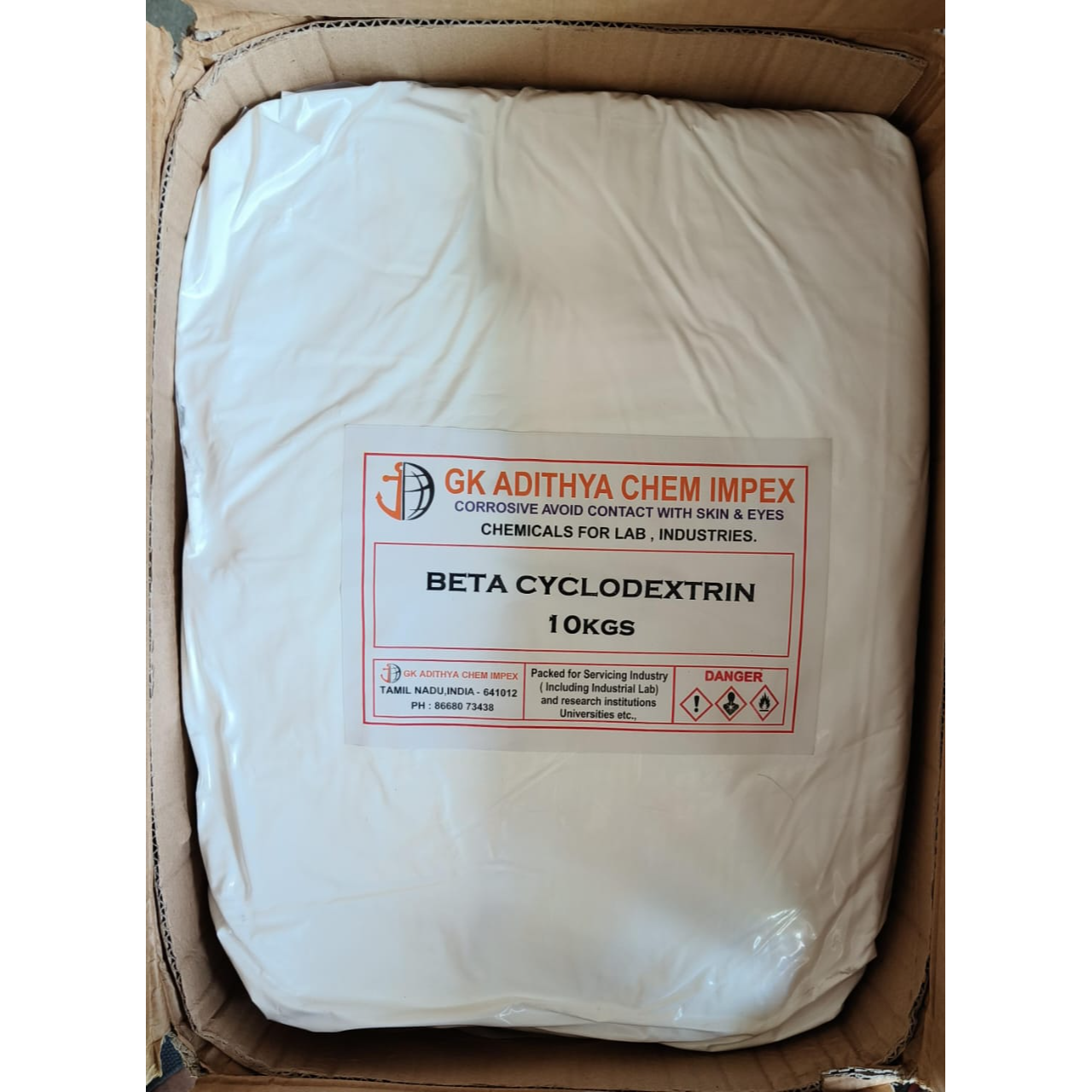
2025-04-12T07:53:29
Cyclodextrins are a family of cyclic oligosaccharides, consisting of a macrocyclic ring of glucose subunits joined by α-1, 4 glycosidic bonds. Cyclodextrins are produced from starch by enzymatic conversion. They are used in food, pharmaceutical, drug delivery, and chemical industries, as well as agriculture and environmental engineering.[1] Cyclodextrins are composed of 5 or more α-D-glucopyranoside units linked 1->4, as in amylose (a fragment of starch). Typical cyclodextrins contain a number of glucose monomers ranging from six to eight units in a ring, creating a cone shape: α (alpha)-cyclodextrin: 6 glucose subunits β (beta)-cyclodextrin: 7 glucose subunits γ (gamma)-cyclodextrin: 8 glucose subunits The largest well-characterized cyclodextrin contains 32 1, 4-anhydroglucopyranoside units. Poorly-characterized mixtures, containing at least 150-membered cyclic oligosaccharides are also known.Cyclodextrins are prepared by enzymatic treatment of starch.[10][11] Commonly cyclodextrin glycosyltransferase (CGTase) is employed along with α-amylase. First starch is liquified either by heat treatment or using α-amylase, then CGTase is added for the enzymatic conversion. CGTases produce mixtures of cyclodextrins, thus the product of the conversion results in a mixture of the three main types of cyclic molecules, in ratios that are strictly dependent on the enzyme used: each CGTase has its own characteristic α:β:γ synthesis ratio.[12] Purification of the three types of cyclodextrins takes advantage of the different water solubility of the molecules: β-CD which is poorly water-soluble (18.5 g/L or 16.3 mM at 25 °C) can be easily retrieved through crystallization while the more soluble α- and γ-CDs (145 and 232 g/L respectively) are usually purified by means of expensive and time consuming chromatography techniques. As an alternative a "complexing agent" can be added during the enzymatic conversion step: such agents (usually organic solvents like toluene, acetone or ethanol) form a complex with the desired cyclodextrin which subsequently precipitates. The complex formation drives the conversion of starch towards the synthesis of the precipitated cyclodextrin, thus enriching its content in the final mixture of products. Wacker Chemie AG uses dedicated enzymes, that can produce alpha-, beta- or gamma-cyclodextrin specifically. This is very valuable especially for the food industry, as only alpha- and gamma-cyclodextrin can be consumed without a daily intake limit.

Have a question? Ask here!
Required fields are marked *